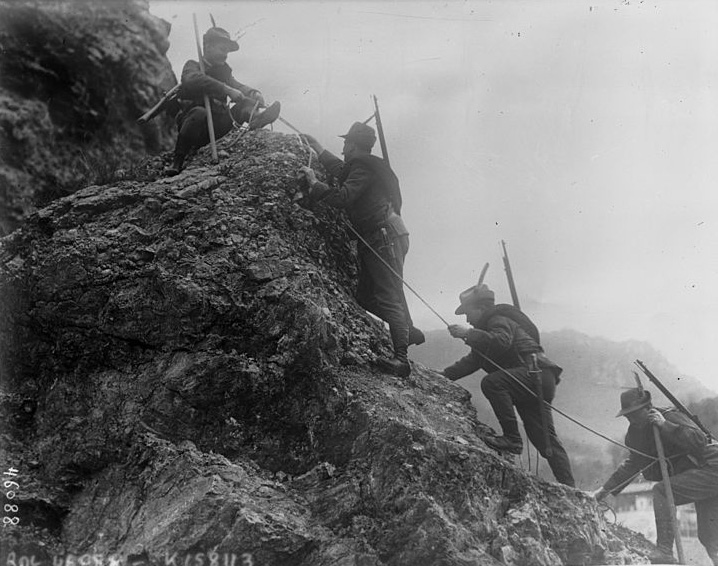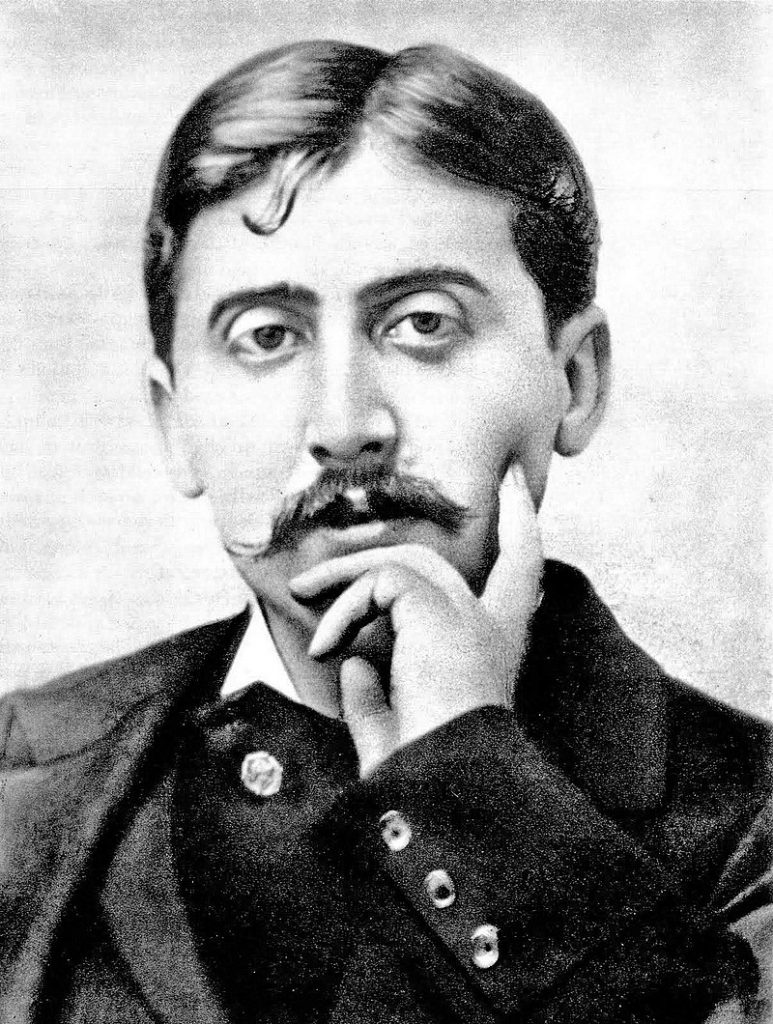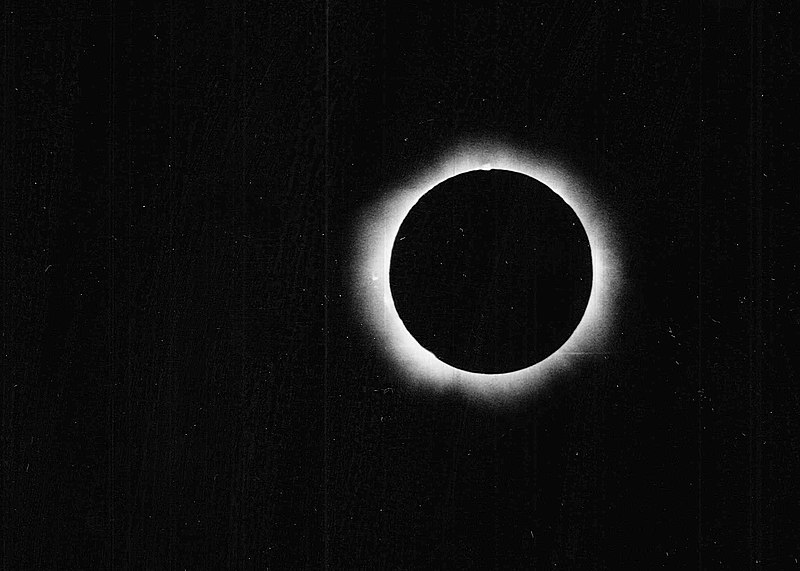L’8 luglio 1919, su iniziativa di un gruppo di reduci della Prima Guerra Mondiale, fu costituita l’Associazione Nazionale Alpini. Nel settembre del 1920 venne organizzata la prima Adunata nazionale. La manifestazione da allora si è regolarmente ripetuta ogni anno; fu sospesa solo durante il secondo conflitto mondiale. L’Associazione da sempre tramanda le tradizioni degli Alpini e ne promuove le imprese: gli Alpini rappresentano l’amor di Patria, la solidarietà e il senso del dovere. Questi valori sono stati messi in pratica in numerose circostanze, nazionali e internazionali, su fronti militari e civili. L’Adunata nazionale del Centenario si è svolta a Milano il 12 maggio 2019.
Alpini
A group of survivors of the First World War, which had ended just months before, established on the 8th of July the Associazione Nazionale Alpini. The Alpini are Italian infantry corps specialised in mountain warfare and their contribution had been of great importance during the war. In September 1920 the association organised the first gathering. Since then, with the exception of the years of the Second World War, this event has taken place every year.
The Alpini represent patriotism, solidarity and sense of duty: these values are put into practice in many national and international, civil and military circumstances. On the 12th of may 2019 the gathering celebrating the first hundred years of the Associazione has taken place in Milan.





